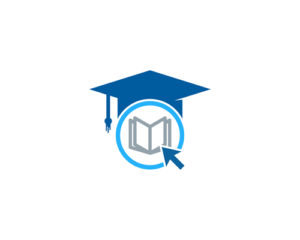Career aspirations continue to drive students’ decisions to enroll in online education programs, according to a new survey tracking online learning trends.
The report from BestColleges.com surveyed 295 online program administrators and 1,500 students, including prospective students, current students, and alumni, to gauge their experiences in online education programs.
In addition to career motivations, survey results show online students are getting younger, and schools report an increase in enrollment of traditional college students.
The survey delves into trends around online program marketing and recruitment, program design and development, and student demographics.
The trends can guide institutions as they tailor their online learning programs to best suit students’ needs:
1. Seventy-three percent of online students say career and employment goals were a major motivation for enrolling in their online learning program. Those goals include transitioning to a new career field (35 percent) and earning academic credentials in a current field of work (30 percent).
2. Online students are getting younger, and 34 percent of surveyed institutions reported an increase in traditional college students (ages 18-25).
3. Demand is increasing, as well. Ninety-nine percent of online education program administrators say demand has increased or stayed the same over the past few years, and nearly 40 percent of respondents say they plan to increase their online program budgets in the next year.
4. It appears online programs are carefully considering enrollment growth and hiring trends—73 percent of schools say they decided to offer online education programs based on the growth potential for overall student enrollment, while 68 percent also considered employment demand.
5. Prospective students use a variety of methods to research online education programs, including reading online reviews from students (23 percent), researching college websites (18 percent), contacting schools directly (17 percent), researching ranking websites (17 percent), visiting campuses (13 percent), and talking to students or graduates (10 percent).
6. The majority of students in online education programs (79 percent) and the majority of alumni (76 percent) think online education is better than or equal to on-campus education, and 57 percent of surveyed schools say employers feel the same way.
7. Cost remains students’ biggest obstacle as they choose as online education program. Estimating annual costs and applying for financial aid are identified as students’ two biggest challenges.
8. Students struggle to find the right online education program. In fact, this challenge was the third-most-identified challenge. This might be due to the increase in younger students who may not have identified goals or chosen a career path.
9. Surveyed schools predict business and related subjects such as logistics and accounting, healthcare and medical subjects, and computer science will experience the most enrollment growth over the next five years.
10. Schools say they are offering a new online education program as a growth opportunity to increase overall student enrollment (73 percent), because there is employment demand for the knowledge or skills (68 percent), and because there is a demand from students who are interested in the subject area or degree level (64 percent).
11. Schools’ biggest challenges when it comes to offering online education programs include marketing new online programs to prospective students and meeting recruitment goals (74 percent), and meeting cost and management demands required by new online programs (54 percent).
- Students view AI with optimism, but women are at risk of being left behind - July 7, 2025
- 6 key cybersecurity hiring trends - July 3, 2025
- Digital innovation and human connection are reshaping higher ed - June 30, 2025
